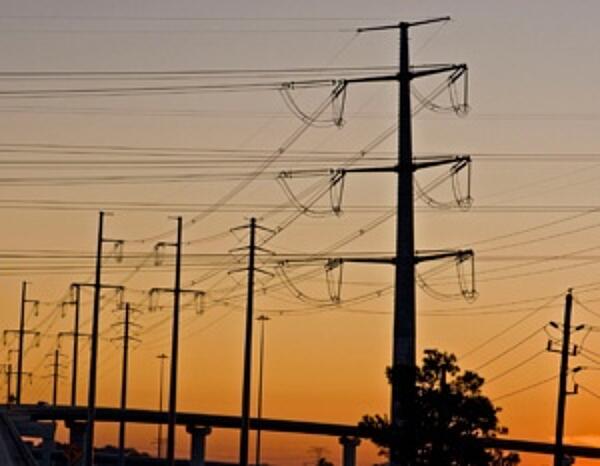The Current State of Power Infrastructure
Over the last 40 years, North America has become more energy efficient and conscious. And although this is a constraint to the growth of electricity consumption, it is in direct conflict with the advances in technology which often require energy to function. In 2019, US energy production exceeded annual energy consumption for the first time since 1957. Energy efficiency, which saved consumers and business about $800 million dollars is a big part of that. However, new and increasing demands for energy could easily disrupt this balance. A couple of great examples of this are data centers and electric vehicles

In our global economy, interacting online using cloud-based software and data continues to increase in popularity and necessity. The COVID-19 pandemic only accelerated this phenomenon. Data centers rely on energy and outages in this critical sector are very costly. In 2010, the cost of outages to data centers was around $505,000 and by 2016 that had grown to $740,000 – which equates to $8,851 per minute the grid is malfunctioning.
Another potential disrupter to the energy market is the increase in electric vehicles, particularly as this is projected to spread beyond passenger vehicles. In 2012, there were only 6,900 EV charging stations in the US. By 2017, that had grown to 61,000. Continued growth at these levels will likely drive utilities to implement rates pushing EV charging to non-peak hours.
Another complexity in the US electric grid is the ownership. Unlike roads and bridges and much of our other infrastructure, most of the electric grid is privately-owned. For-profit, investor-owned utilities (IOUs) serve 72% of customers, with publicly-owned and rural cooperatives serving the rest. Federal and state agencies have regulation authority over generation and transmission systems, but the do not “own” the lines. All of these factors led to the American Society of Civil Engineers (ASCE) to rate the US power grid a C- in 2021.
Powering our Future

For the sake of future generations, it is paramount to address these evolving needs by maintaining and upgrading the existing power grid and securing a sustainable generation source for the future. The Funding gap is estimated at $208 billion by 2029 and $339 billion by 2039. 65% of this is for generation to meet Renewable Energy Portfolio standards while 12% is for distributions (2029) and raises to 29% by 2039.
For more than 75 years, hot-dip galvanized (HDG) steel has played an integral role in the corrosion protection of power generation, from traditional and renewable sources, as well as in the transmission and distribution of power to businesses and homes throughout North America. This course will examine how utilizing HDG steel throughout generation, transmission, and distribution ensures longevity and cost-effectiveness of power projects for the next generation.